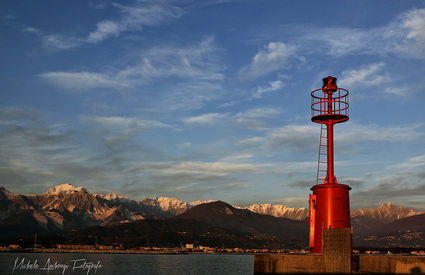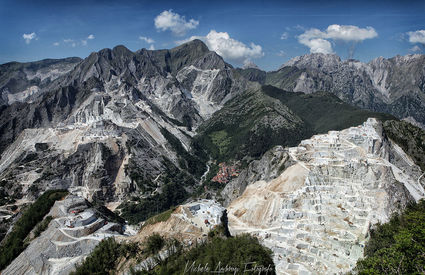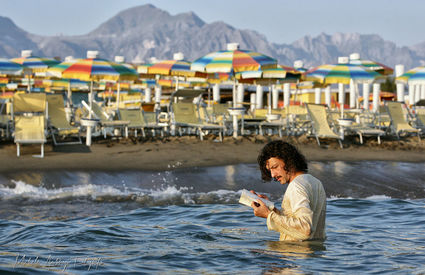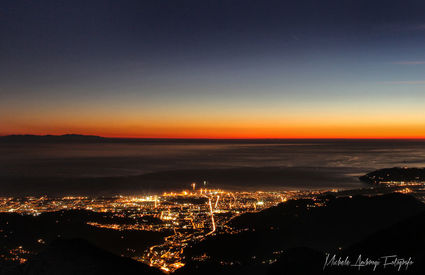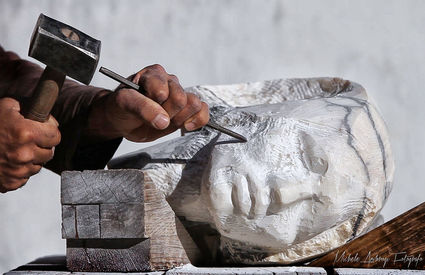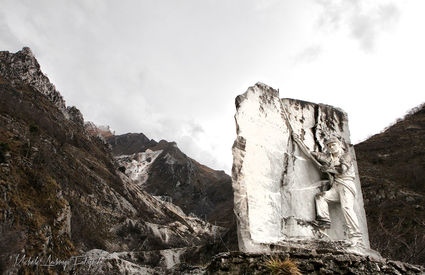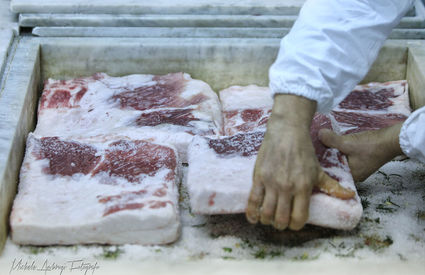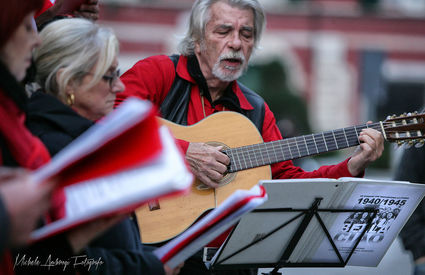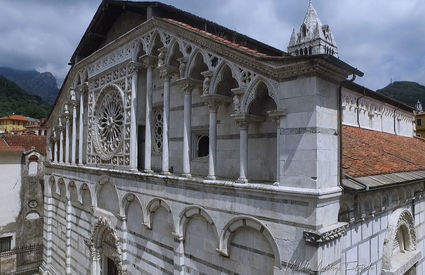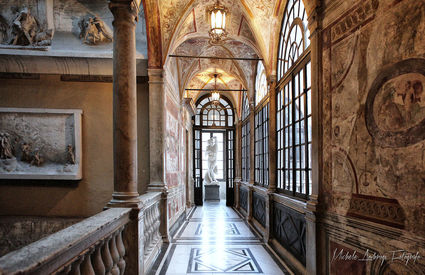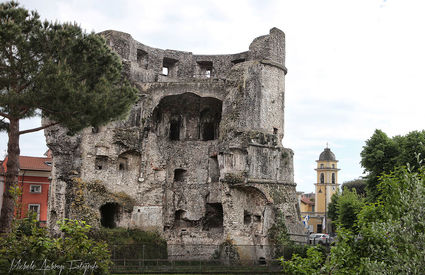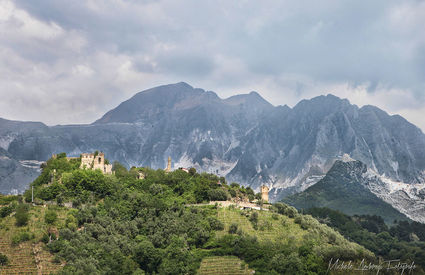Carrara
Where marble comes to life
From Michelangelo to Contemporary Art: History, Environment and Traditions of a Millenary Culture
Where marble comes to life
From Michelangelo to Contemporary Art: History, Environment and Traditions of a Millenary Culture
An adventure through marble and nature
A jewel of a city set between the Ligurian Sea and the peaks of the Apuan Alps, Carrara is a centuries-old city of the Roman Lunense, known around the world since the imperial era for the extraction of its prestigious white marble, as well as the creation of numerous noteworthy artworks and architectural structures. Successor to the magnificent city of Luni – of which you can still see important archaeological remains – the city is laid out along an area packed with extraordinary natural elements. The valley of the Carrione torrent, the super-green surrounding hills, the mountains with their marble basins and the sea.
You’ll catch glimpses of crystal-clear views and can try out a vast range of experiences: from magnificent Apuan paths to coastal beaches, castles, towns and a network of top-notch museums. Even the most exacting tourists will be wowed by guided visits to the quarries, sculpture workshops both old and new, and strolls through the key locations and monuments of the city center with art experts who will illustrate the history you find carved into Carrara’s stones.
Neither servants nor masters
If the Anarchy were to become a state, its capital would be Carrara, a city whose history is doubly connected to the anarchic movement and rebels of numerous generations. Visiting these places is an exciting way to discover the living experience of numerous rebellions and fights for freedom.
In every square and corner of the town, you’ll come upon plaques or memorials
that recall the Anarchists, but which also pay tribute to a population and a
territory that has frequently fought to manage its own destiny, going to bat
against those who tried to take unfair advantage of its human and material
resources.
In the historic center, there are numerous traces
of figures from the past and harsh battles for workers’ rights and dignity,
including the large monument dedicated to the attainment of the 8 hour work day
for the quarrymen, and the pavement of a famous square that was built during a
protest; or, additionally, the monument in memory of Gaetano Bresci in the
Turigliano cemetery.
In Carrara, a spirit of rebellion is carved
into the marble and the arms of those workers who extracted it from the
mountains, cut, transported and sculpted it.
Visiting Carrara also means getting to
know a strong tradition, one that is energetic and life-filled. This is
seen in the local people, who are tough but good-natured socially; in the
breathtaking landscapes between the Apuan Alps and the sea; in the woods and
the castles and even in the gastronomic delicacies such as the inimitable
“Lardo di Colonnata” (a type of cured pigback fat), the “Tajarin ‘ntifasoli”
(taglierini pasta in beans) and the “Torta di riso” (rice cake), which in their
simple origins but super-rich flavor reflect that triumphant spirit of the
rebellious quarrymen.
2,000 years of marble
The history of marble in Carrara is the oldest and unfinished among all the
universal histories of art. The quarries supplied material for sculptural works
that dressed up every city, palace, and museum. Carrara is made up almost
entirely of marble, in its streets and in the streets spread throughout the
entire world: its medieval Cathedral, with its magnificent rose window, but
there’s also Michelangelo’s David, Bandinelli’s Giant and “Beatrice” in piazza
Alberica. Not to mention Canova’s Paolina Borghese and the colossal works of
modern sculpture masters that continue to make use of Carrara marble.
From the roots up, in Carrara you can rediscover the very routes that produced unparalleled examples of artistic prowess like Michelangelo’s Pietà. There is even a mountain that seems, from its side, to resemble the extraordinary sculpture of the Renaissance genius.
Streets, facades, buildings: every single corner tells small or large stories of marble in an everlasting open-air museum which never fails to astound those who visit.
It is a culture that moves from extraction to the centuries-old technique of lizzatura (lowering of marble blocks), and the transport of said enormous blocks, followed by the hard work of cutting, modeling and sculpting them. It is a tradition that is very much still alive, from the oldest sculpture studio in Carrara (the “Laboratorio Artistico Nicoli”) to the Accademia di Belle Arti, where students and teachers come together from every continent to join forces in their love and passion for marble and local culture. It even continues all the way to the via Carriona and the different routes to take through the area workshops and art studios along the road.
Of course, the protagonists of this grand epic are those marble men: the quarry workers, who at 4 o’clock in the morning climb up the mountain to extract the fine white stone, struggling, suffering, even putting themselves at death’s door from time to time; and the stone-cutters, the sbozzatori, the artisans of today and those of yesterday who, like Michelangelo, transform the blocks to art with their bare hands.


